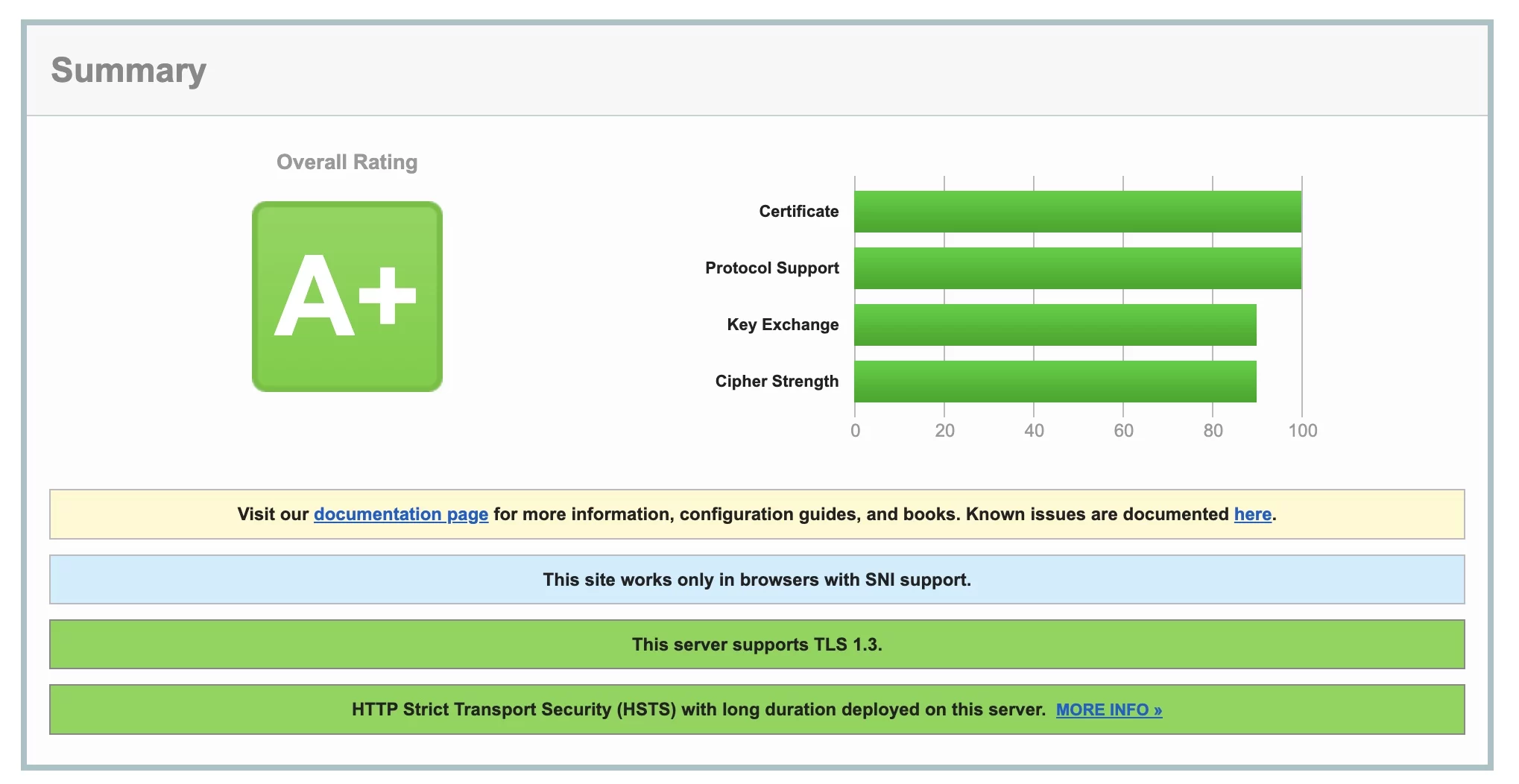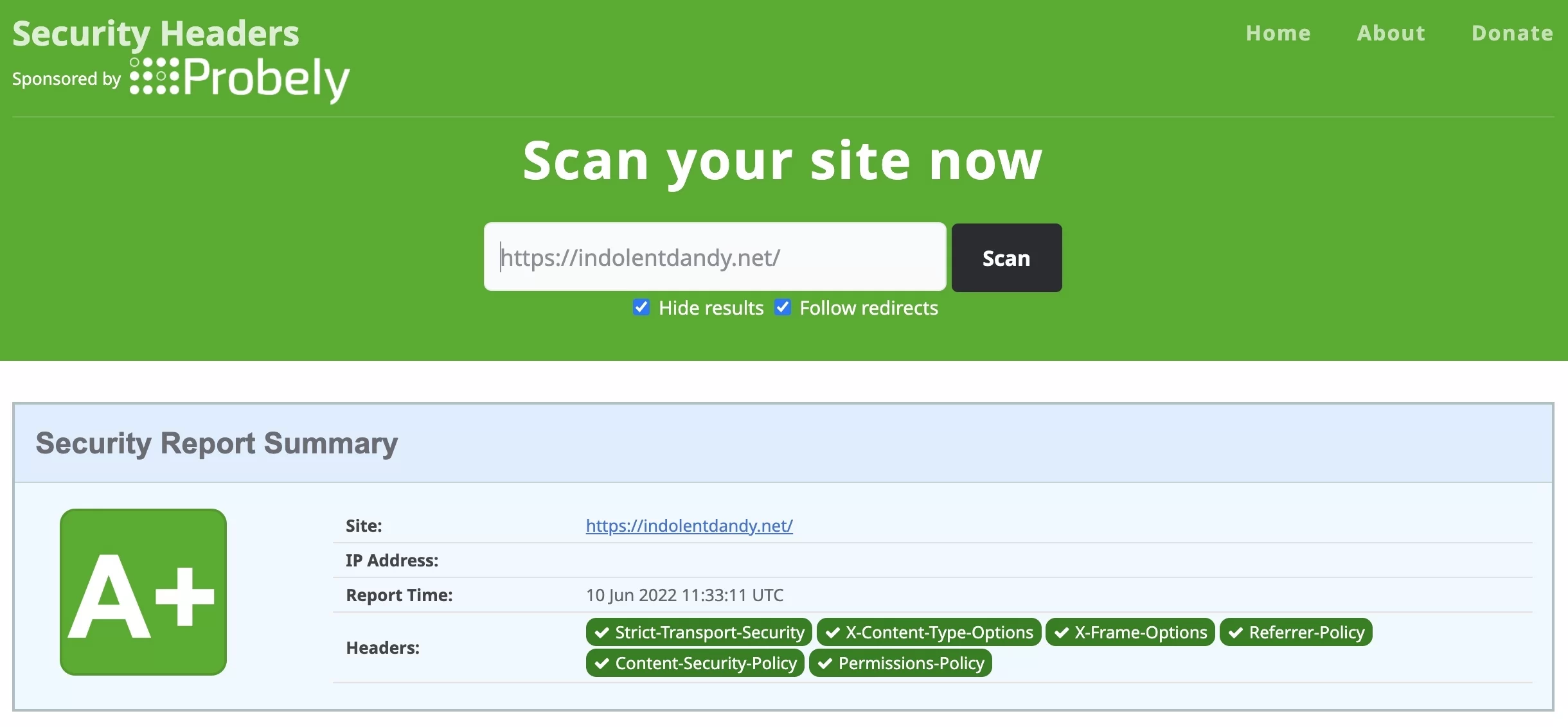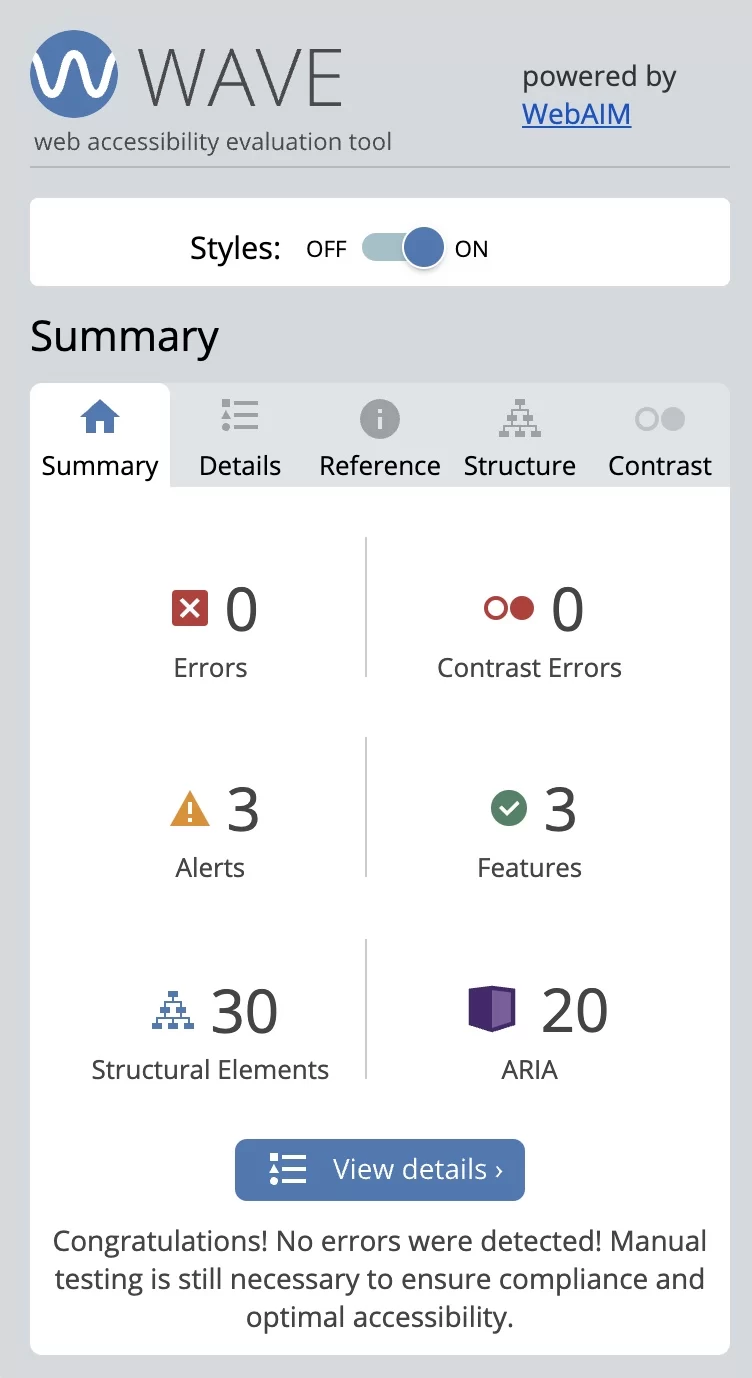Introduction
How do you measure how well built your website is?
How do you evaluate the quality of the work done by your website developer, content publishing staff, or IT team?
You commission an independent audit of your website.
This can be done at any time, and is particularly helpful when a new site is nearing completion and you want to verify that the standards defined in the functional specification are being met.
Another time audits are commonly done is when businesses or organisations change focus or direction, or change staff.
Audit criteria
Audits can be customised to include any or all of these criteria.
It starts with a multi-factor analysis provided by Google’s Lighthouse. This is how the homepage for this site scores.

Content audits
Content audits are common when sites are migrated from one CMS to another, or when an old site needs to be updated to reflect changes in a business or organisation.
Technical audit
A technical audit looks at the hosting environment, and whether the server is set to a current, supported version of php.
It looks at the SSL or security certificate, and whether its features and settings meet current standards. Your SSL should score highly, like this, in tools like Qualys SSL Test.

It also scans the site’s security headers. These are a simple and effective feature and there is no excuse for scoring badly.

Next, the CMS version and its currency is evaluated in terms of known security problems, along with any included scripts, such as Jquery, which should also be kept up to date.
It will also look at whether Google Analytics is in use and, if so, it has been updated from the legacy universal version to the current GA4 version (by the June 2023 deadline).
SEO and performance audit
An SEO audit looks at the technical SEO setup in your CMS, such as whether the site outputs an XML sitemap, whether it is set up in Google Search Console, and how well search engines are indexing the site.
It also looks at how content is structured to meet SEO standards, such as how titles, headings and subheadings are used, and if images have alt text descriptions.
Accessibility audit
There are several tools, like WAVE, that provide specific advice on how to fix numerous accessibility issues.
An accessibility audit looks at how well the site is meeting accessibility standards.
The recommendations are separated into technical development tasks, which may not all be immediately achievable, and content tasks, which can usually be addressed quickly.
